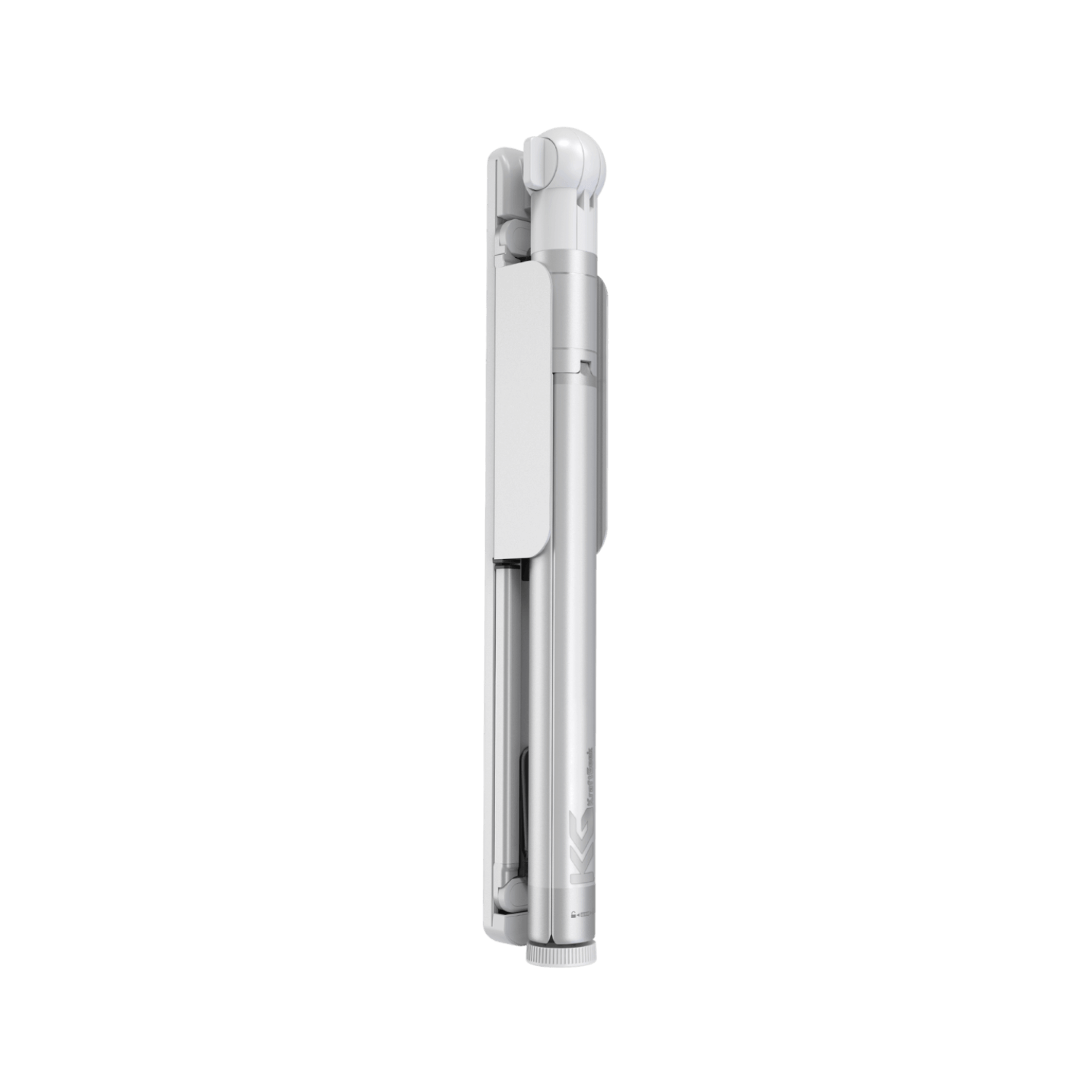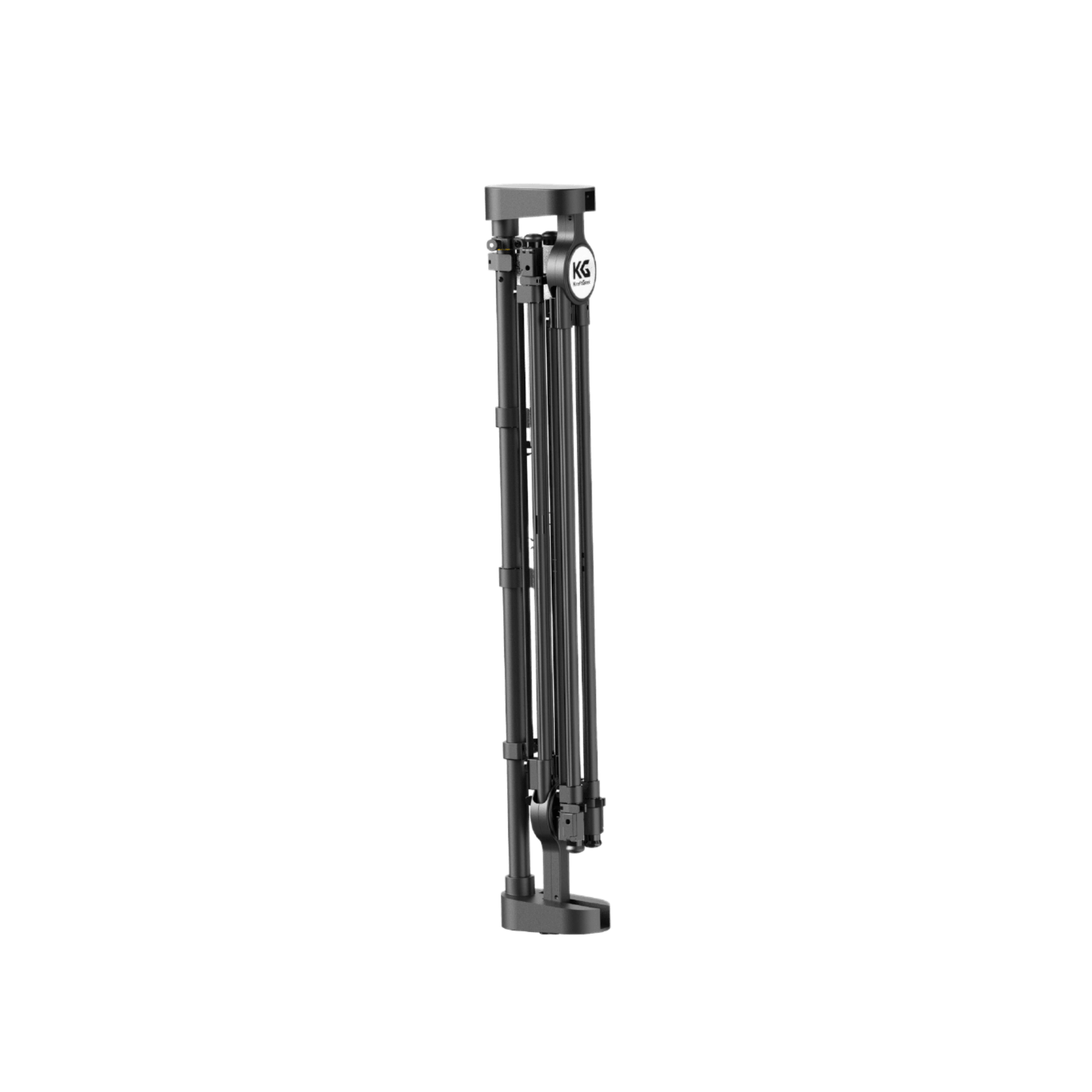Together, beat and rhythm form the foundation of musical composition and performance. They dictate the pace, mood, and energy of a piece, guiding musicians through the ebb and flow of musical expression. Without a solid understanding of beat and rhythm, music would lose its essence, becoming a mere collection of sounds devoid of meaning or emotion.
What Is Beat?
The beat establishes the tempo, or speed, of the music, and it remains constant throughout the piece, serving as a reference point for musicians and listeners alike. In simpler terms, the beat is what you tap your foot to when listening to music.
Without a clear beat, music would feel disorganized and chaotic, lacking the sense of rhythm and structure that makes it enjoyable to listen to and play.
What Is Rhythm?
Rhythm in music refers to the pattern of sounds and silences that occur over time. It's the arrangement of musical elements such as notes, rests, accents, and durations within the framework of a beat. Unlike beat, which provides the steady pulse or tempo of a piece, rhythm adds texture, movement, and variation to the music.
Think of rhythm as the way the notes and rests are organized and articulated within the beat. It's what gives music its groove, flow, and distinctive feel. Rhythm can involve complex patterns of accents and syncopation or simple, repetitive motifs, depending on the style and genre of the music.
Relationship Between Beat And Rhythm
Foundation of Music
The beat provides the steady pulse or tempo that guides the music while rhythm adds texture and movement within that framework.
Timing
Both beat and rhythm involve timing and duration. Beat establishes the timing or pace of the music while rhythm dictates how the musical elements are arranged and articulated within that timing.
Interdependence
Beat and rhythm rely on each other to create a cohesive musical experience. Beat provides the structure and stability for rhythm to flourish while rhythm adds complexity and expression to the underlying beat.
Performance
Musicians often use both beat and rhythm to guide their performance. They follow the beat to maintain a steady tempo while incorporating rhythm to add interest and variation to their playing.
Effect on Emotion
Both beat and rhythm can influence the emotional impact of music. A strong, steady beat can evoke feelings of stability and momentum while intricate rhythm patterns can convey complexity and intensity.
Enhancement of Groove
Together, beat and rhythm contribute to the groove or feel of the music. A well-defined beat sets the foundation for the groove while rhythm adds depth and nuance, enhancing the overall rhythmic feel of the music.
RELATED: The Evolution of Music Stands: From Classic Designs to Modern Innovations
Key Differences Between Beat And Rhythm
Definition
- Beat: The steady pulse or tempo of a piece of music. It provides the foundation and framework for the rhythm.
- Rhythm: The pattern of musical elements such as notes, rests, accents, and durations within the framework of a beat. It adds texture, movement, and variation to the music.
Consistency
- Beat: Maintains consistency throughout a piece of music. It remains steady and unchanging, serving as a reference point for musicians and listeners.
- Rhythm: Can vary within a piece of music. It includes patterns of accents, syncopation, and variations in timing, adding complexity and interest to the music.
Role
- Beat: Provides structure and tempo for the music. It guides the flow and pace of the music, creating a sense of cohesion and unity.
- Rhythm: Adds depth, groove, and expression to the music. It shapes the overall character and texture of the music, conveying emotion and mood.
Perception
- Beat: Often felt as a physical sensation, such as tapping your foot or nodding your head along to the music.
- Rhythm: Perceived as the pattern of sounds and silences within the beat, contributing to the overall feel and groove of the music.
Representation
- Beat: Typically represented by a constant, recurring pulse, often indicated by a metronome or emphasized by a drum or percussion instrument.
- Rhythm: Represented by the arrangement and articulation of musical elements such as notes, rests, accents, and syncopation within the beat.
Impact on Music
- Beat: Provides the foundation and structure for the music, establishing a sense of time and tempo.
- Rhythm: Adds complexity and expression to the music, enhancing its rhythmic feel and emotional impact.
RELATED: Digital vs. Traditional: Exploring the Pros and Cons of Different Music Stand Types
Tips For Recognizing And Using Beat And Rhythm
1. Develop An Ear
One of the best ways to recognize beat and rhythm in music is to actively listen to a variety of musical genres. Pay attention to the underlying pulse of the music and try to identify the consistent beat that drives the song forward. Additionally, practice clapping or tapping along to the beat of different songs to internalize their rhythm and feel.
2. Analyze Musical Patterns
Another helpful strategy is to analyze the patterns of notes and rests within a piece of music. Focus on identifying recurring rhythmic motifs and accents, as well as any variations or deviations from the main beat.
3. Experiment With Timing And Tempo
Don't be afraid to experiment with timing and tempo in your own musical compositions and performances. Play around with different rhythmic patterns and accents, and explore how subtle changes in tempo can affect the mood and energy of a piece.
4. Practice With Metronomes And Drum Machines
Use a metronome to practice playing along to a steady beat, gradually increasing the tempo as you become more comfortable. Similarly, experiment with drum machines to create custom rhythm patterns and explore different musical styles.
5. Collaborate With Other Musicians
Work with other musicians to experiment with different rhythmic ideas and approaches, and seek feedback on your compositions and performances.
Recommended Products
Conclusion
Understanding the distinction between beat and rhythm is essential for any musician or music enthusiast. Keep listening, keep practicing, and most importantly, keep making music that inspires and delights both yourself and others.









